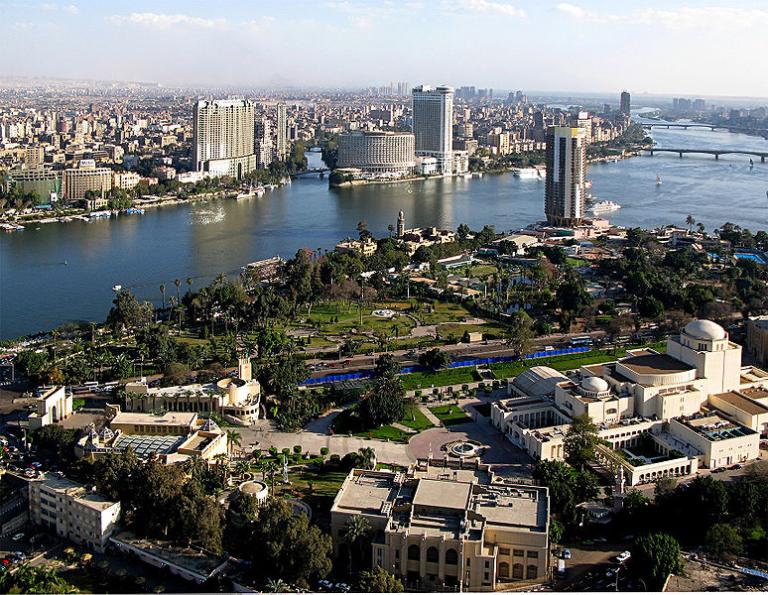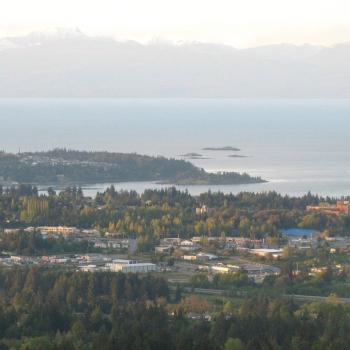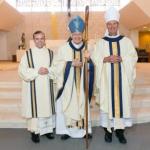
Another passage from Nancy Hartevelt Kobrin, The Banality of Suicide Terrorism: The Naked Truth About the Psychology of Islamic Suicide Bombing (Dulles, VA: Potomac Books. 2010), a book on which I’ve commented in two previous blog entries:
“‘The psychology of Islamic suicide bombing’?”
“Once more, on the supposed psychology of Islamic suicide bombing”
“The obsession for purity, which dreads the female body while also craving it, is a recurrent theme in political Islam. [The 9-11 terrorist pilot Mohammed] Atta . . . fixated on rescuing his Islamic madina, Cairo, from Westernization. Meaning “city” in Arabic and having a feminine gender, madina provides the variant for Medina, the name of the second holiest city in Islam. . . . [Israeli clinical psychologist and psychoanalyst Avner] Falk notes that Jerusalem, and cities in general, often represent the idealized archaic Early Mother.” (43)
I dunno. Am I being churlish when I wonder aloud what the exact evidence is for the proposition that “Jerusalem, and cities in general, often represent the idealized archaic Early Mother”? When I ask on what factual basis Dr. Kobrin links a concern for “purity” in political Islam with a simultaneous dread of and craving for “the female body”? Some specific actual evidence would be nice.
Am I being pedantic when I point out that madina isn’t a “variant” of the name of the important Arabian city called Medina but, rather, simply a different transliteration of precisely the same Arabic word (ٱلْمَدِيْنَة)? And that it can also appear as Madīnah and Madīna and as al-Madīnah an-Nabawiyyah (ٱلْمَدِيْنَة ٱلنَّبَوِيَّة) and Madīnat an-Nabī (مَدِيْنَة ٱلنَّبِي, “City of the Prophet”) and al-Madīnah al-Munawwarah (ٱلْمَدِيْنَة ٱلْمُنَوَّرَة, “the radiant city”)?
Is it wrong to doubt that the sheer fact that the word madina is grammatically feminine necessarily entails deep psychological or psychoanalytic significance? Is it too much to demand some argument in support of such an assertion?
Arabic nouns are all either masculine or feminine. All non-human plural nouns are feminine. The gender of inanimate nouns is largely arbitrary. Some are feminine for no immediately obvious reason; some are feminine because of their form (e.g., the presence of a tāʼ marbūṭah [تَاء مَرْبُوطَة]). I doubt that most native speakers of Arabic are thinking about their Early Mother when they’re discussing a “hand” or a “nose” (feminine) instead of an “arm” or a “mouth” (masculine), any more than most German speakers are thinking of the Early Mother when they’re talking about an onion (die Zwiebel) or a library (die Bücherei) or a fork (die Gabel), all of which are feminine (as opposed, say, to a table [der Tisch] or a spoon [der Löffel], both of which are masculine).
This is science?
















